Is it time to be typing instead of writing?
Typing is the solution for some.
Handwriting speed vs legibility
Often typing is an option thought of when someone is slow to write or when their writing is difficult to read. Yet, when it comes to exams they are clear criteria about when a student can and cannot use type. To type in an exam, a school Senco needs to do an application form called ‘Access Arrangements’. This is then sent to the exam boards along with supporting evidence. One test that is often used as evidence is the DASH (Detailed Assessment Speed of Handwriting). This measures the legibility of the work completed over specific timeframes. It is a standardised test and is internationally recognised.

The criteria to type is strict and it is not given for reasons of slow handwriting. A student can type if their handwriting is difficult to read. But, they have to have been using a laptop or typing facility for the last six months before an exam. This is to show that it is their usual way of recording the work.
At the moment we do not have equity amongst all school provisions. The likelihood of GCSE’s being typed is not here yet but it will come in the future.
What the exam boards are telling us.
For now, we are taking advice from the exam boards. They suggest that the lower-marked questions are quicker to handwrite than to type. Sometimes a student can be switching between typing and handwriting in one exam. The ‘heavier’ writing subjects are English, History and students tell us Computer Science.
Typing is not always the easiest option for science and maths subjects. It is that still important to make sure that the handwriting can is clear. Particularly when writing equations, chemical elements and labelling diagrams.
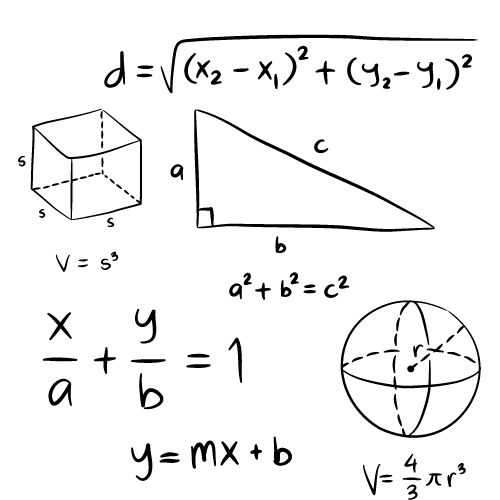
When is the right time to teach typing?
When is the wrong time to decide to switch?
The worst time to consider typing is a few weeks before an exam. As mentioned below handwriting speeds take time to develop. It is more important to develop accuracy before speed.
Check out your school has a policy.
Research into the provision of typing in schools reveals many do not have an official policy. Parents are often encouraged that their child uses a typing app at home. Or enrolls them in an online or holiday club to develop their typing skills. For younger children aged 7 to 11 years, many occupational therapists recommend BBC Dance Mat. Older students may prefer a combination of formal typing instruction and typing games. There are good free typing games available online. Often aimed at tweens and teens by involving racing cars or typing in words before the bombs go off.
How long until is it until the typing becomes good enough?
Typing techniques
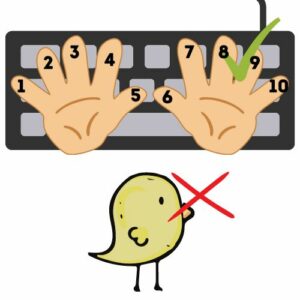
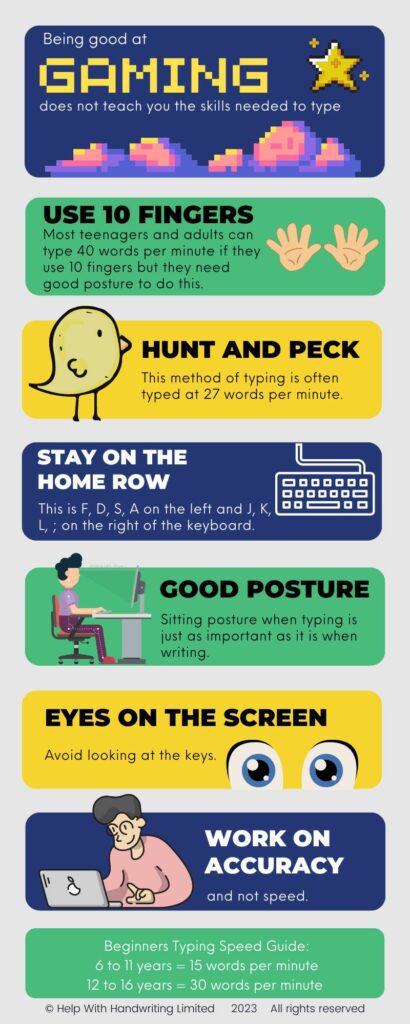
Should I be thinking of anything else?
And our view?
Handwriting is about communicating our ideas and thoughts. For a child, their role is to learn and unfortunately to have assessments on their level of knowledge. There are times when writing long pieces of text can produce illegible handwriting. It serves the child no benefit to be writing a piece of work that cannot be read, by either their teacher or an examiner. Our role is to help make all writing as readable as possible. If you wish your child to improve their handwriting, check out our courses or lessons.

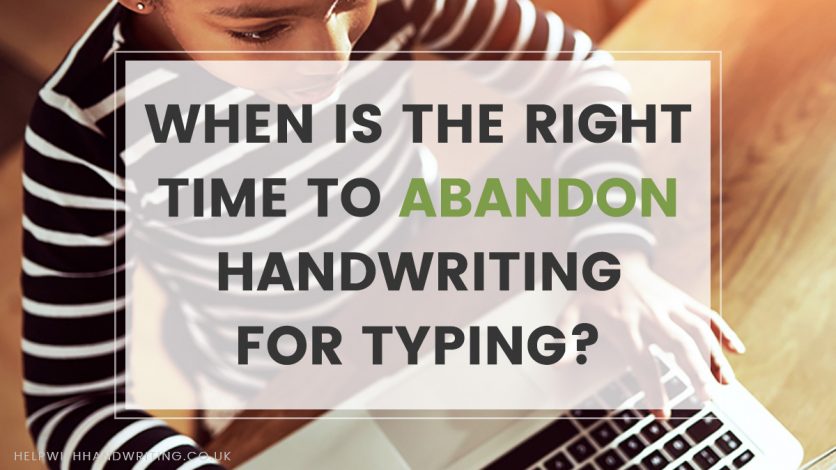


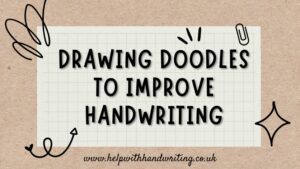

2 Responses
Really interesting article. Good timing as I believe there are discussions in Scotland about moving to all typing for exams, and no handwriting.
Thank you Sarah. This is such a hot topic. For exams to be typed schools need to be teaching typing as it is a skill that requires accuracy and speed. We also need equity amongst all schools so that at a specific time of day/date when an exam is held all students across the country can access the exam paper and type at the same time. I definitely would like to see this happen sooner rather than later for our ‘heavy’ writing subjects. I know the National Handwriting Association has concerns regarding typing in exams because research says that handwriting helps us to retain information better than typing. I think for now it is a ‘watch this space’ scenario.